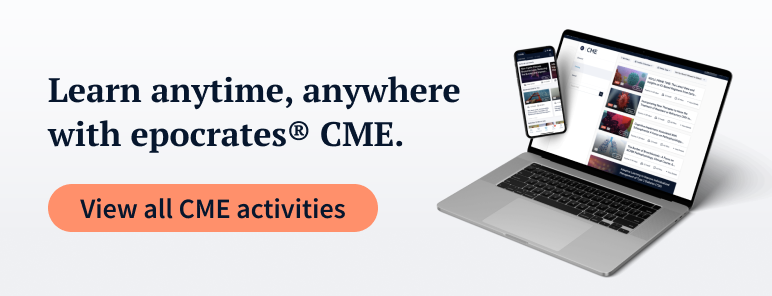
JAMA Netw Open
Access to OUD medications remains uneven across U.S. treatment programs
June 30, 2025

Most opioid treatment programs (OTPs) don't provide the full spectrum of medications for opioid use disorder (MOUD), potentially limiting individualized treatment and access. Organizational factors such as government or nonprofit status and service integration are associated with broader MOUD availability, highlighting targets for policy and system-level interventions to expand comprehensive OUD care in OTPs.
Study details: This longitudinal cross-sectional study analyzed data from 2017 to 2023 on U.S. OTPs listed in the National Directory of Drug and Alcohol Use Treatment Facilities. The primary outcome was the percentage of OTPs offering buprenorphine, extended-release naltrexone, or all three FDA-approved MOUD, with methadone assumed universally available. The study also assessed organizational and county-level characteristics associated with comprehensive MOUD offerings.
Results: From 2017 to 2023, the proportion of OTPs offering buprenorphine increased from 67.0% to 85.1%, and those offering naltrexone rose from 38.2% to 52.7%. However, only 45.0% of OTPs offered all three MOUDs by 2023. OTPs providing all three medications were more likely to accept Medicare, offer peer, mental health, and telemedicine services, and to be government-operated or private nonprofit rather than private for-profit.
Source:
Lindenfeld Z, et al (2025, June 2). JAMA Netw Open. Availability of Medications for Opioid Use Disorder in Opioid Treatment Programs. https://pubmed.ncbi.nlm.nih.gov/40569596/

TRENDING THIS WEEK






